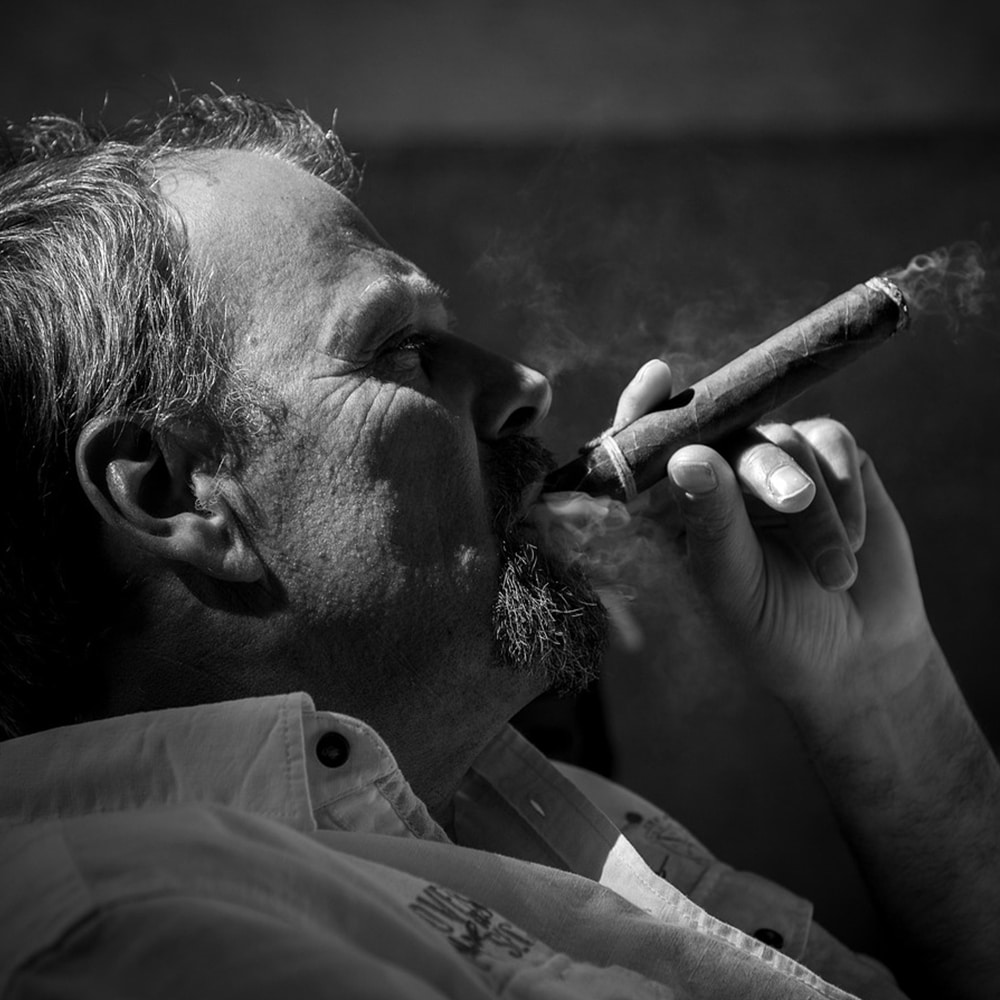How to Smoke a Cigar Properly
Smoking a cigar is more than just a pastime; it’s a ritual that combines patience, craftsmanship, and personal enjoyment. Unlike cigarettes, which are often consumed quickly and without ceremony, cigars are meant to be savored slowly, offering a deeper, richer experience. For those new to cigar smoking—or even for seasoned enthusiasts seeking to refine their approach—understanding how to smoke a cigar properly is essential to fully appreciating its flavor and tradition.
The process begins with choosing the right cigar. Cigars vary in strength, flavor, size, and shape, so selecting one that matches your taste and experience level is important. Beginners may prefer milder cigars with smooth, less intense flavors, while more experienced smokers often gravitate toward full-bodied cigars that offer complexity and richness. Quality also matters; a well-made cigar will burn evenly and provide a consistent draw, enhancing the entire experience.
Once a cigar is chosen, it must be cut correctly. Cigars are sealed at one end with a small cap of tobacco leaf, which needs to be removed to create an opening for airflow. This is typically done using a cigar cutter—ideally a sharp guillotine, punch, or V-cutter. The goal is to make a clean cut just above the shoulder of the cigar without damaging the wrapper. A poor cut can ruin the draw and compromise the integrity of the cigar.
Lighting a cigar is a delicate process that begins with toasting the foot—the open end of the cigar. This step involves gently applying heat using a butane torch lighter or long wooden match. The flame should never touch the cigar directly. Instead, the smoker should hold the cigar at a 45-degree angle, rotating it to evenly warm and toast the tobacco. Once the foot is toasted, the smoker should bring the cigar to their lips and take gentle puffs while continuing to apply the flame, ensuring an even and thorough light.
One of the most critical points to remember when smoking a cigar is not to inhale the smoke. Cigar smoke is meant to be tasted, not drawn into the lungs. The enjoyment comes from the aroma and flavor on the palate, not from deep inhalation. Puffing slowly—about once every 30 to 60 seconds—allows the cigar to burn evenly and prevents it from overheating, which can lead to harshness and bitterness. Letting the cigar rest between puffs is part of the enjoyment, turning the act into a relaxing ritual.
Ashing a cigar is another area where restraint is key. Unlike cigarettes, cigars produce firm ash that can remain intact for an inch or more. Tapping the ash off too frequently can disrupt the cigar’s burn. Instead, it should be allowed to build naturally and then gently tapped off into an ashtray when it becomes unstable.
As the cigar is smoked, it’s important to pay attention to the flavor changes that can occur throughout. Many cigars are blended to develop over time, offering new tasting notes in the first third, middle third, and final third. Most smokers choose to stop smoking when only a few inches remain, as the cigar tends to grow hotter and more bitter near the end. Rather than stubbing out a cigar like a cigarette, it should be set down in an ashtray and allowed to extinguish naturally—quietly and respectfully.
In the end, smoking a cigar properly is not about following rigid rules but about enhancing the experience through care and intention. It’s a moment of stillness, reflection, and appreciation—whether alone or in good company. Mastering the basics ensures that each cigar smoked is an experience to be remembered and enjoyed to the fullest.












Add comment